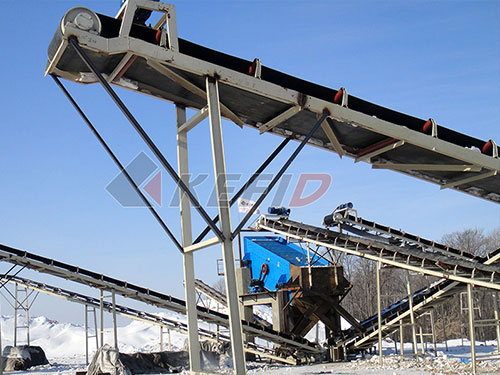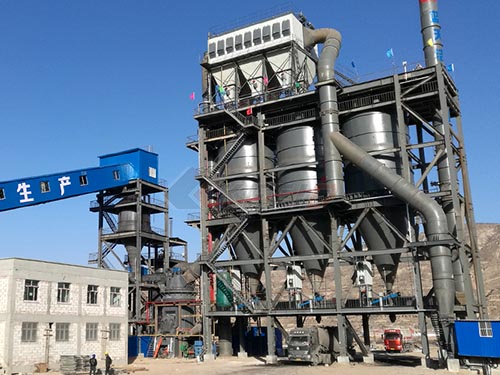Jaw Crusher Setting Gape
Mastering the Fundamentals: Understanding and Setting Jaw Crusher Gape

The efficient operation of a jaw crusher hinges on understanding its critical settings, with gape being one of the most fundamental yet sometimes misunderstood parameters. While often discussed alongside the Closed Side Setting (CSS), the gape plays a distinct and vital role in defining the crusher's capacity and overall performance.
Defining Gape: The Starting Point

Simply put, the gape is the distance between the fixed jaw plate and the moving jaw plate at their widest point during the cycle – essentially when the jaws are farthest apart. It represents the maximum opening dimension at the top of the crushing chamber where feed material first enters.
Think of it as the "entry door" for your raw feed material:
1. Maximum Feed Size: The gape directly dictates the largest particle size that can physically enter the crushing chamber without causing bridging or blockage at the top of the jaws.
2. Chamber Geometry Foundation: The gape sets one boundary condition defining the overall shape and volume profile of the crushing chamber down to its narrowest point at discharge (the CSS).
Gape vs. Closed Side Setting (CSS): A Crucial Distinction
It's imperative to differentiate between gape and closed side setting (CSS):
Gape: Measured at maximum opening, top of chamber.
CSS: Measured at minimum opening, bottom discharge point.
These two settings work together but control different aspects:
Gape controls: Maximum acceptable feed size.
CSS controls: Product size distribution (specifically, top size).
Why Gape Matters: Implications for Performance
1. Feed Acceptance & Throughput Potential: An appropriately sized gape relative to your feed material ensures smooth intake without bridging or excessive spillage over the top of the jaws. A gape too small restricts flow, bottlenecks production, increases wear from oversized chunks impacting plates unnecessarily outside optimal nip angles, and risks plugging.
2. Nip Angle Efficiency: The angle formed between the fixed and moving jaws where material is gripped ("nipped") is critical for effective crushing action and minimizing wear below this point in relation to CSS). While primarily influenced by jaw geometry itself, setting an excessively large gape relative to feed can negatively impact nip angle effectiveness for smaller particles.
3. Downstream Effects: Oversized material bypassing a too-small gape can cause issues downstream


